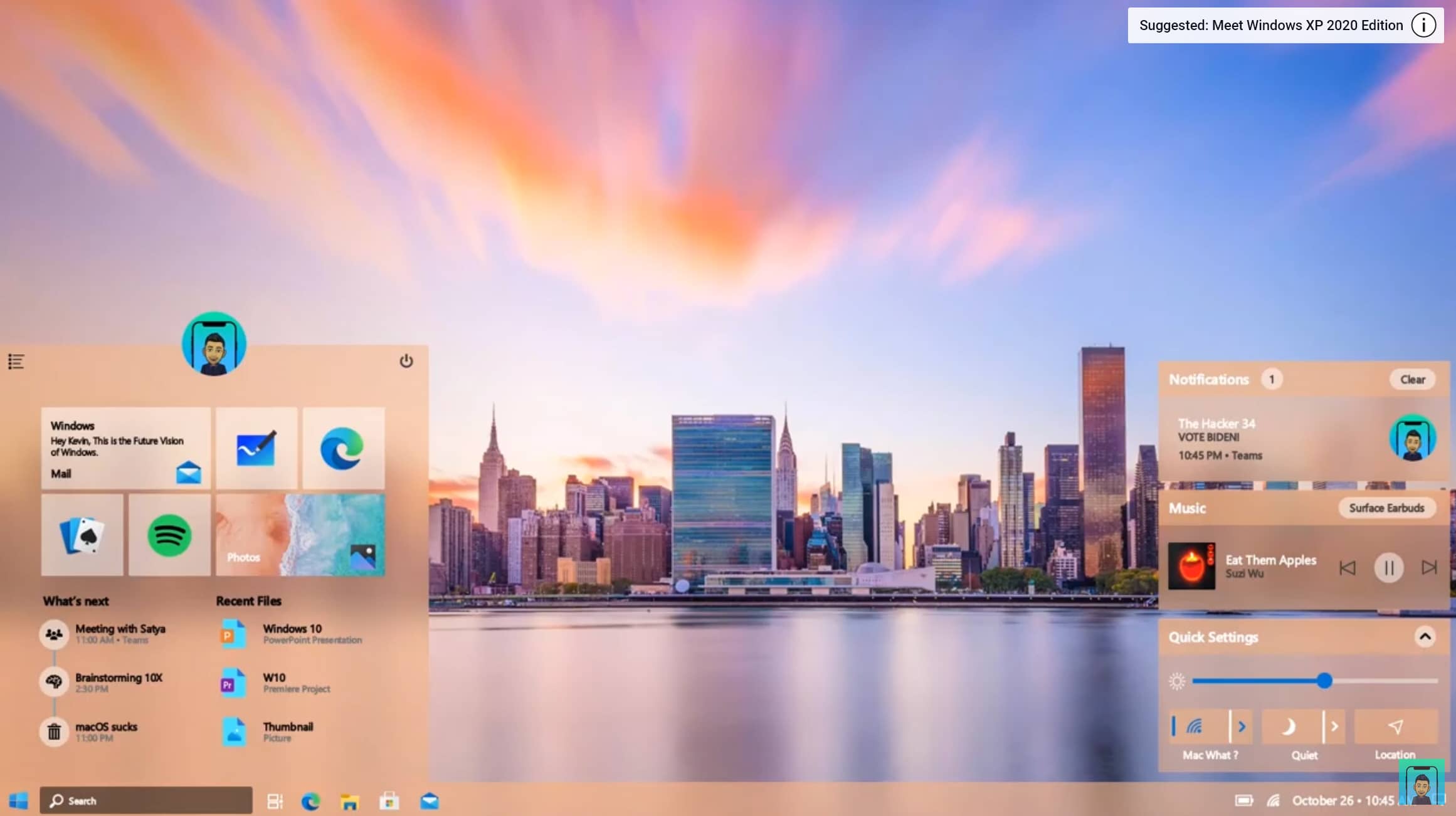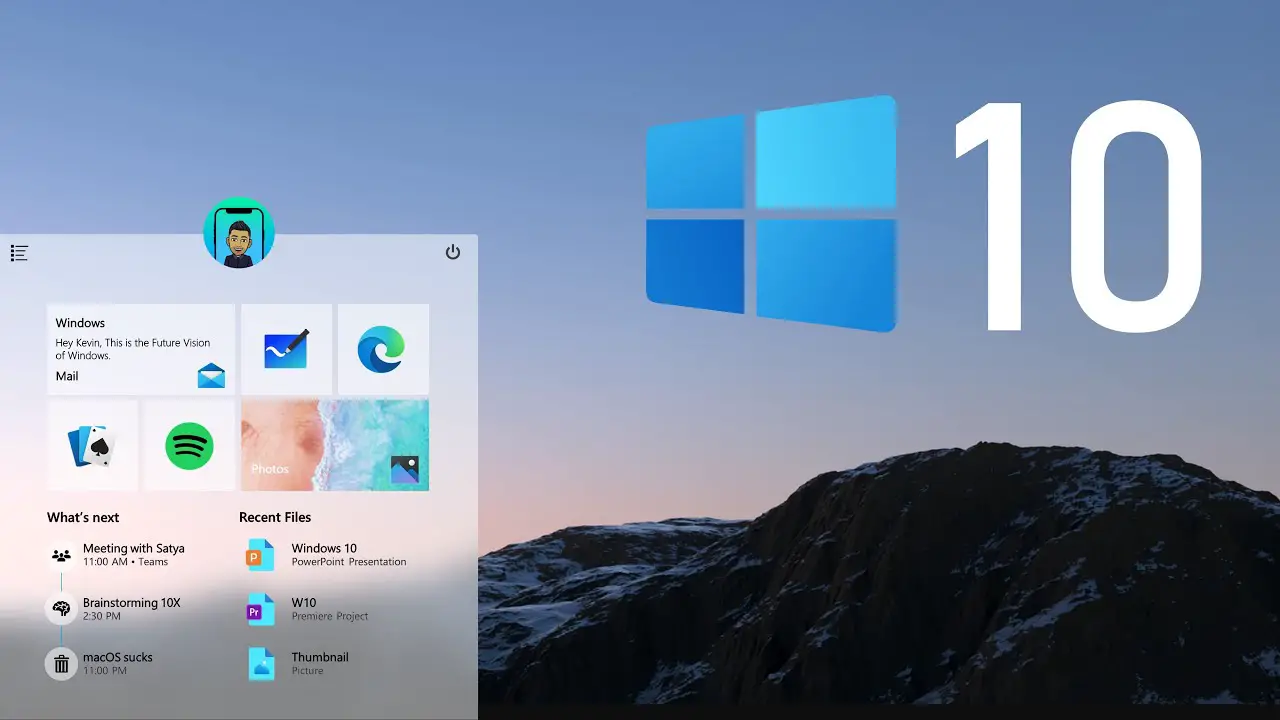The Future of Windows

Executive Summary

This article explores the potential of Windows in shaping the direction of operating systems, focusing on its history, challenges, recent and upcoming releases, and innovative features. It sheds light on the possibilities for Windows 11 and its potential to redefine the user experience. While addressing the challenges Windows faces, the article also highlights the innovation and transformation underway with Windows 11. This transformation is driven by initiatives such as Cloud PC, Windows 365, and significant UI changes.

Introduction
The existence and development of Windows, one of the most storied and influential operating systems in the history of computing, have transformed the way we interact with computers. Its user-friendly design and adaptability have made it a primary player in the realm of personal computers. Delving into the future of Windows, this article uncovers the significant transformations it has undergone recently and sheds light on the trajectory that it may pursue over the years to come.
Subtopics
1. Continuous Innovation and Enhancement
Microsoft continues to refine Windows, incorporating user feedback into updates and releases. Recent versions, like Windows 10 and Windows 11, exemplify the commitment to improvement.
- Updated UI: Windows 11 presents an improved user interface, enhancing aesthetics and fostering ease of use.
- Performance Improvements: Optimized performance remains crucial. Windows 11 takes advantage of hardware advancements to ensure faster boot times, smoother multitasking, and quicker app launches.
- Security Enhancements: Cybersecurity is paramount. Windows 11 introduces advanced security features like hardware-based security and zero-trust principles.
- Seamless Integration with Devices: Windows’ adaptability extends to various devices. Users leverage phones, tablets, and PCs seamlessly, maximizing productivity and connectivity.
2. Adapting to Hybrid Work Environments
The post-pandemic world emphasizes remote work, pushing operating systems to facilitate virtual collaboration and flexible workspaces. Windows adapts to this new reality.
- Cloud PC: Microsoft Cloud PC offers a virtual desktop service, enabling remote access to Windows and applications.
- Windows 365: Windows 365 extends the reach of Windows beyond hardware constraints. From any device with an internet connection, users gain access to their Windows experience.
- Improved Virtualization Support: Virtualization technologies like Hyper-V and Remote Desktop Services have witnessed improvements, enabling seamless integration of virtual machines and remote connections.
- Enhanced Security and Compliance: With the rise of remote work, heightened emphasis is placed on ensuring security and regulatory compliance. Windows provides robust safeguards for data protection and compliance adherence.
3. Embracing Artificial Intelligence and Automation
AI technologies transform modern computing experiences. Windows embraces this evolution, leveraging AI to enhance user interactions and streamline tasks.
- Built-in AI Assistants: Cortana and other AI-powered personal assistants offer contextual help, task automation, and proactive suggestions.
- Personalized User Experience: Windows tailors its operations to match users’ preferences and habits, providing a more intuitive and tailored experience.
- Enhanced Accessibility: AI contributes to breaking down accessibility barriers. Features like Narrator and Magnifier leverage AI for improved screen reading and visual assistance.
- Intelligent Troubleshooting: Windows employs AI to proactively identify and resolve potential issues before they manifest, enabling a more stable and efficient user experience.
4. Strengthening the Gaming and Entertainment Platform
Windows has asserted its dominance as a premier gaming and entertainment platform, offering captivating experiences and accessible gaming options.
- Xbox Integration: Xbox integration enhances Windows’ gaming capabilities by providing access to Xbox Game Pass and cloud gaming services, extending the gaming landscape.
- PC Game Optimization: Windows optimizes gaming performance by utilizing features like variable refresh rate, auto HDR, and DirectStorage. These technologies enhance visual and gameplay experiences.
- Support for Virtual Reality: Virtual reality headsets like Microsoft’s HoloLens and third-party devices enjoy comprehensive support within Windows. Users engage with immersive mixed reality experiences seamlessly.
- Unified Entertainment Hub: Users access various forms of entertainment, including movies, TV shows, music, and podcasts, through Microsoft’s unified entertainment hub.
5. Fostering an Inclusive and Accessible Ecosystem
Windows strives to create an environment that caters to diverse user needs and preferences, ensuring accessibility and inclusivity.
- Assistive Technologies: A range of built-in and supported assistive technologies empower individuals with disabilities to use Windows effectively. These tools include screen readers, magnifiers, and speech recognition.
- Universal Design Principles: Windows follows universal design principles, emphasizing simplicity, flexibility, and perceptibility. Users with varying abilities can modify the operating system to suit their requirements.
- Collaboration with Disability Advocates: Microsoft collaborates closely with disability advocates and organizations to gather feedback and integrate accessible features seamlessly into Windows.
- Continued Commitment to Accessibility: Microsoft expresses an unwavering commitment to improving accessibility in Windows, ensuring equal access to technology for all users.
Conclusion
The preview of the future offered by Windows is one of continuous innovation, adaptability, and inclusivity. Microsoft orchestrates updates driven by user feedback, responding to evolving needs and preferences. As it stands, the upcoming Windows 11 signifies a leap forward in the development of the operating system. It elevates Windows from a mere productivity tool to a comprehensive platform encompassing work, play, and connection. The future of Windows remains vibrant with possibilities, promising a user experience characterized by personalization, seamlessness, and boundless potential.
Keyword Phrase Tags
- Windows 11
- Future of Windows
- Operating System Innovation
- Hybrid Work Environments
- Artificial Intelligence in Windows

I agree with you. Windows 11 is a big step forward for Windows. The new design is beutifull, and the new features are very usefull.
I dont like the new design. It is too different from the old design. The new Start menu is also not as user-friendly as the old one.
I think Windows 11 is a good operatingsystem. It is fast and stable, and the new design is nice.
Why is Microsoft always changing the design of Windows? I just got used to Windows 10, and now I have to learn a new design. It’s very confusing.
I cant believe Microsoft is still using the Start menu. It is so old-fashioned. They should get rid of it and come up with something new.
Windows 11 is the best windows ever. It is so fast and easy to use. I love the new design and the new features.
I heard that Windows 11 is not very compatible with older hardware. Is that true?
I think Windows 11 is a good operatingsystem, but it is not perfect. There are still some bugs that need to be fixed.
I cant wait to try Windows 11. I have heard a lot of good things about it.
I like the new design of Windows 11, but I dont like the new Start menu. I think it is too cluttered.